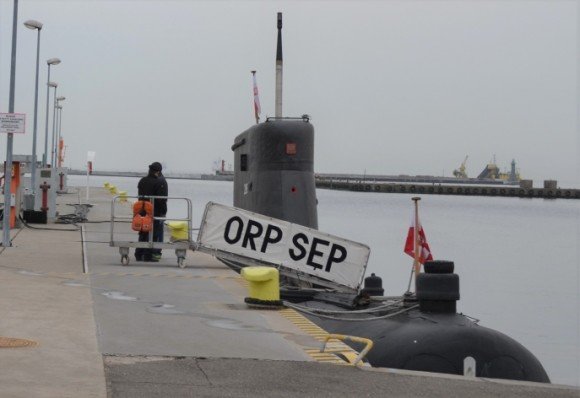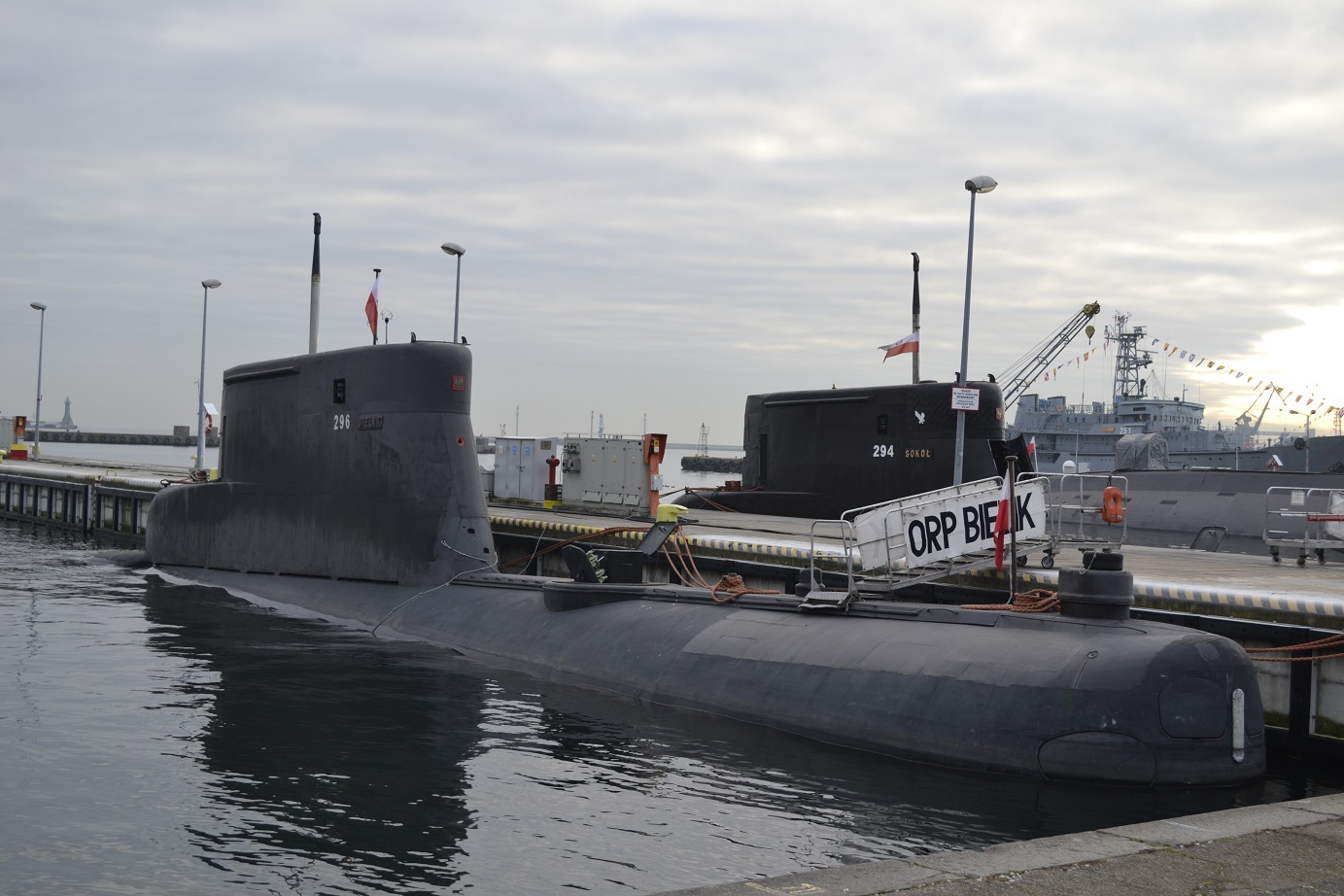Navy
Polish Navy to Decommission old Kobben-Class Submarines

The Polish Navy’s War Port in Gdynia has just initiated a procedure aimed at the removal of the batteries and instruments from the ORP “Bielik” and ORP “Sęp” Kobben-class submarines. In reality, the above refers to a broader scope of works. Only a single submarine would remain in service in the Polish Navy afterward: the ORP “Orzeł”.
The command of the Polish Navy’s War Port in Gdynia published a tender invitation, inviting the businesses to place their offers concerning the task as follows: “Disembarking of batteries, along with instrumentation, from ORP Bielik, and ORP Sęp”. According to the release, the analysis of the offers would begin on 3rd February 2021.
The assigned task, in the defence and security domain, would have a value of less than EUR 428 thousand, thus it is not subjected to the Public Procurement Act. Price is going to remain the sole offer selection criterion. Negotiation is also permitted.
The task in question is expected to be accomplished in 70 days, from the date when the agreement is signed. Whereas, it was also noted that inspection cannot be carried out on both submarines simultaneously. First, the contractor shall work on the ORP “Sęp”, and then, after 7 days from the finalization of work, he would be allowed to begin the process on the ORP “Bielik” sub.

The scope of work that needs to be carried out concerning the ORP “Sęp” vessel (the scope of work for the ORP “Bielik” would probably be identical), includes the following procedures:
- Moving to the shipyard, docking, and undocking - the move would involve two tugboats;
- Connecting ground wiring, power supply, telephone line, water coolant supply, and removal connections for the general systems, and so on;
- Securing the vessel with two, independent fire extinguishing systems;
- Preparing a transport route for the cells coming from the battery compartment 1, 2, and 3;
- Disassembly of the battery monitoring system;
- Disassembly of the battery mixing system;
- Disassembly of the battery cooling system;
- Dismantling of the battery connections, transporting of the batteries in wooden crates to the storage facility at the Hel Peninsula;
- Removal of the batteries from the compartments, placing them on pallets and transporting them, in wooden crates, to the base at the Hel Peninsula;
- Cleaning the battery compartments to neutralize the electrolyte leaks, drying them out, after cleaning
- Placing fixed ballast in the battery compartments that would ensure vessel stability after the batteries are removed, and stowing the ballast with the following issues taken into the account: permissible roll of the vessel (0°±0,5°), stern trim (2,5°±0,5°), 1, 2 and 3 ballast tanks flooded, ballast-fuel tank no. 2 filled with compressed air;
- Creating two lighting wiring harnesses providing lighting in the submarine;
- Creating a closing mechanism for the hatch (with a padlock), and creating a wooden or aluminum hatch cover for the sail top hatch;
- Creating a tailored aluminum sheet cover securing all holes in the top part of the sail (mast holes, command station hole);
- Dismantling of the water systems behind the valves that are redundant for the side valves, adding stops to those lines;
- Disconnecting of the fire extinguishing system, dismantling of 3 halon gas tanks (25 l, 10 l, 7.5 l);
- Neutralization of the halon gas, submission of a document confirming that neutralization to the officer supervising the process;
- Dismantling of the gas tanks, placing them on a pallet, and transporting them to the base in Hel;
- Removing oxygen from the pressure tanks, atmospheric disposal.
As we can see, not only does the scope of work cover the removal of the batteries. It can virtually be interpreted as preparation for decommissioning, as the operation would result in a complete and irrecoverable loss of combat readiness and can only go one way - with the vessels being decommissioned. This is to happen by the end of this year.
After the above procedures are accomplished, the Navy would only operate a single submarine - the ORP “Orzeł”. There was an announcement made also, that a gap-filler solution is expected to be obtained before it is followed by the Orka programme that is to result in the acquisition of new generation submarines for the Navy. All of the aforesaid plans remain confidential.
The decommissioned Kobben vessels that have remained in service for 55 years now would be handed off to the Polish Military Property Agency. The boats have already been quoted, reportedly: PLN 750 thousand apiece.
